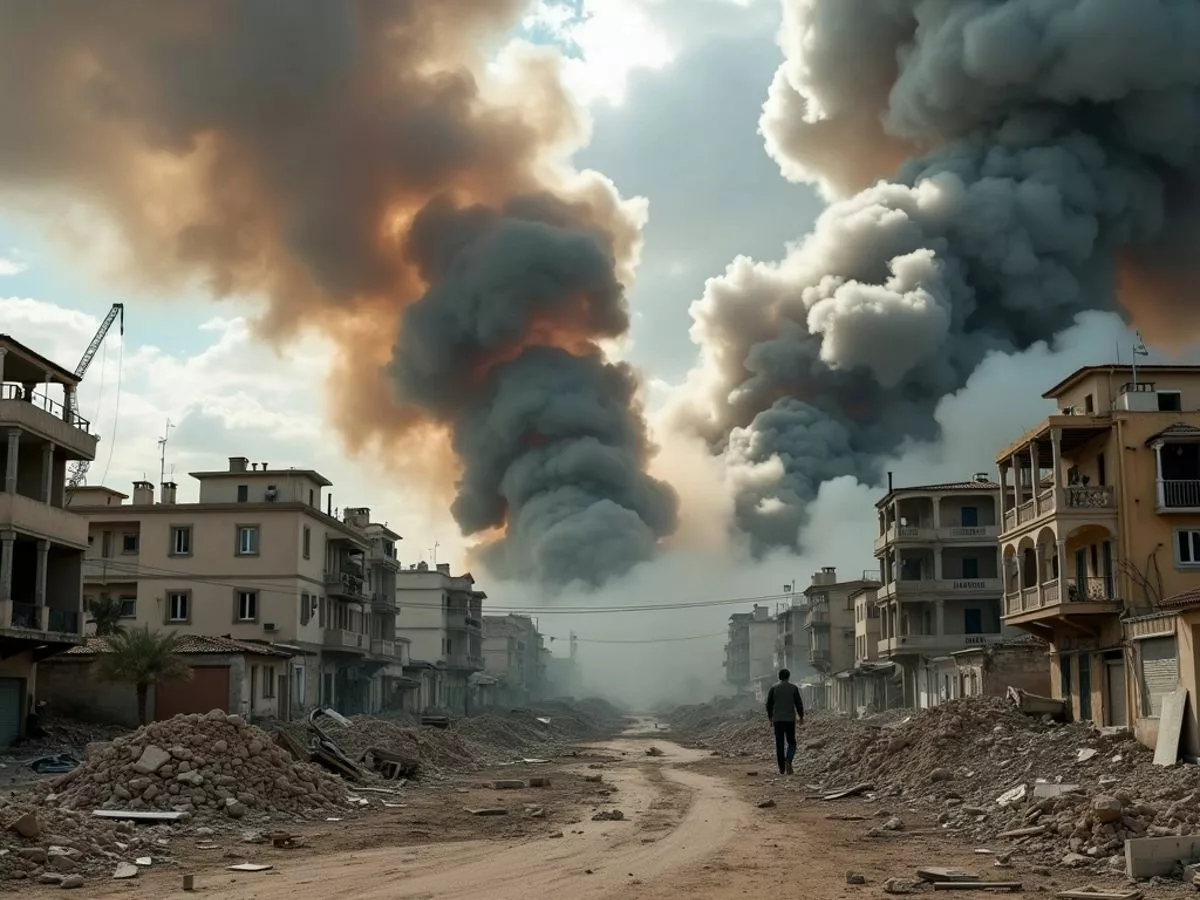
Israeli airstrikes in Lebanon have resulted in nearly 500 fatalities, marking one of the deadliest days in decades. As families flee the southern regions, the conflict between Israel and Hezbollah intensifies, raising fears of a broader regional war.
Key Takeaways
- Nearly 500 people killed in Israeli airstrikes, including 35 children.
- Tens of thousands of residents are fleeing southern Lebanon.
- Israeli military targets Hezbollah infrastructure across multiple regions.
- U.S. and international community express concern over escalating violence.
Overview of the Airstrikes
On September 23, 2024, Israel launched a series of airstrikes targeting Hezbollah positions in Lebanon, leading to a catastrophic loss of life. The Lebanese health ministry reported that 492 individuals were killed, with over 1,600 injured. This day has been described as Lebanon’s deadliest since the civil war that lasted from 1975 to 1990.
Families in southern Lebanon faced chaos as they attempted to escape the bombardment. Many loaded their vehicles with belongings, often cramming multiple generations into a single car. Highways leading north were gridlocked as people sought refuge in safer areas, particularly in Beirut.
Government Response
In response to the crisis, Lebanese officials activated 89 temporary shelters, capable of accommodating over 26,000 displaced individuals. Nasser Yassin, the Lebanese minister coordinating the crisis response, condemned the airstrikes as "Israeli atrocities."
Israeli Prime Minister Benjamin Netanyahu addressed the Lebanese people, stating, "Israel’s war is not with you, it’s with Hezbollah. For too long Hezbollah has been using you as human shields." This statement reflects Israel’s ongoing strategy to target Hezbollah while attempting to minimize civilian casualties.
Military Operations
The Israeli military reported that it struck approximately 1,600 Hezbollah targets, including command posts and weapon storage facilities. The airstrikes were part of a broader campaign aimed at dismantling Hezbollah’s military capabilities, which Israel claims have been built up over the past two decades.
Israeli Defense Minister Yoav Gallant described the day as a "significant peak" in the conflict, asserting that the military operations would continue until Hezbollah’s capabilities were severely diminished. In retaliation, Hezbollah launched missiles at military bases in northern Israel, escalating the cycle of violence.
International Reactions
The escalating conflict has drawn international concern, particularly from the United States and Saudi Arabia. A senior U.S. State Department official emphasized that the U.S. does not support cross-border escalations and is focused on reducing tensions. Meanwhile, Iranian President Masoud Pezeshkian accused Israel of provoking a broader conflict in the region.
The Group of Seven (G7) foreign ministers warned that the Middle East risks being dragged into a wider conflict, urging all parties to exercise restraint. The situation remains fluid, with fears that the ongoing violence could lead to a larger regional war involving multiple nations.
Conclusion
As the situation in Lebanon continues to deteriorate, the humanitarian crisis deepens. With thousands displaced and a rising death toll, the international community watches closely, hoping for a resolution to the escalating violence between Israel and Hezbollah. The coming days will be critical in determining the future stability of the region.






